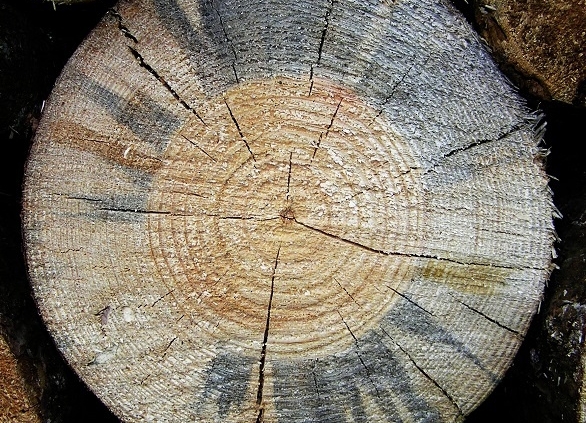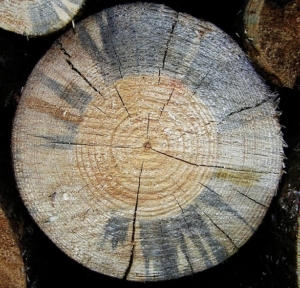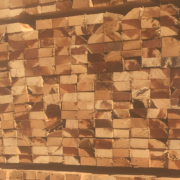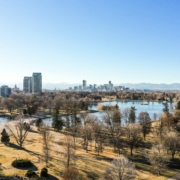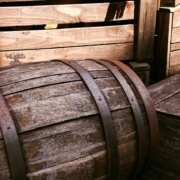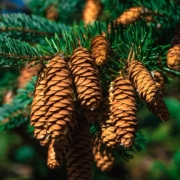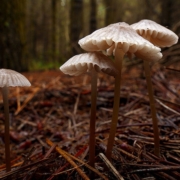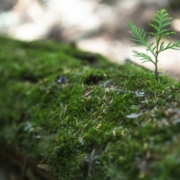4 Ways to Prevent Bluestain
4 Ways to Prevent Bluestain
Bluestain is the most common type of fungi found in wood products that is commonly confused with mold. Unlike mold fungi, bluestain is not linked to human health issues. Bluestain is not airborne. Also, because the bluestain fungi do not digest the wood cell wall, they have minimal impact on the wood structural integrity. In other words, although it looks harmful, it will not decay the wood.
According to the report “Wood Discolourations & Their Preventions, with an Emphasis on Bluestain” there are two types of bluestain: deep and surface.
Deep Bluestain
Deep bluestain fungi are typically from the genera Ceratocystis, Ophiostoma, Grosmannia, Leptographium and Sphaeropsis that grow deep into sapwood causing dark blue or gray discoloration. The fungi attach themselves to insects that attack trees or logs, especially bark and ambrosia beetles, such as the mountain pine beetle. Any tree or log that is attacked by beetles is likely bluestained. Thus, if a tree has its bark intact, then it won’t be impacted. Trees and logs with damaged bark are also susceptible to be colonized by bluestain fungi. Once the bluestained log is converted to lumber, it shows long blue or gray streaks of color, hence the name “bluestain.”
Unlike decay fungi (or dry rot), bluestain fungi does not destroy the wood cell’s wall. Its impact on the strength of the wood is minimal and it will stop growing once the wood has been heat treated or it has a 19% or less moisture content. Because deep bluestain infiltrates the tree via insects prior to it being felled or as a log in inventory, not much can be done to prevent it from discoloring the wood. Some industries may try to chemically bleach impacted lumber but this is not a widespread industry practice.
Surface Bluestain
Surface bluestain is caused by similar bluestain fungi of the genus Ophiostoma, with Sporothrix or Pesotum anamorphs that invade sapwood after the logs have been processed through a sawmill into lumber. They don’t penetrate the wood deeply but cause discoloration in the wood’s surface that’s sometimes confused with decay mold. Bluestain does not destroy the wood cell’s wall to force decay. As with surface grown molds, these fungi can be removed from the surface of the wood by planing it.
Follow these steps to reduce the chances of fungi from impacting your wood packaging inventory.
1. Keep it dry. Bluestain thrives in wood that has a moisture content greater than 19%. Keeping it dry and in low-humidity conditions will prevent it from growing. If your inventory is stored outside, tarps or paper wrap are useful, but make sure there are holes that allow for ventilation.
2. Keep it ventilated. Storing wood pallets in an unventilated space creates ideal conditions for new bluestain growth, especially in warmer weather. If you must store your wood products inside, providing sufficient air ventilation will reduce the likelihood of bluestain.
3. Keep it clear. Remember, surface bluestain transmits via insects. Ensure the area surrounding your wood products is clear of vegetation or debris that might harbor insects or pests that transmit bluestain.
4. Keep it off the ground. A 6 to 8-inch elevation will ensure that the bottom layer will stay dry from puddles of rain that might form. This will keep your products dry.

